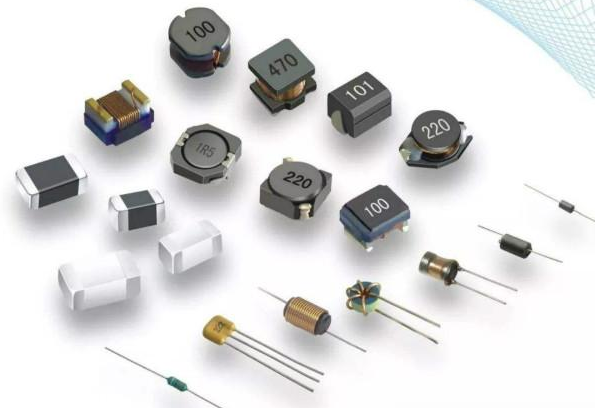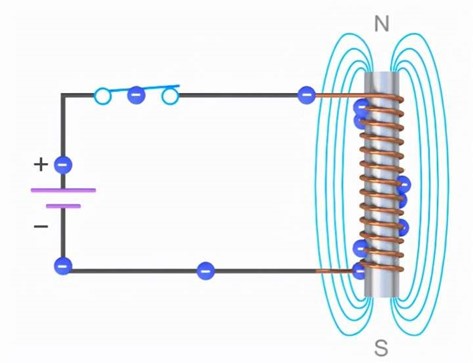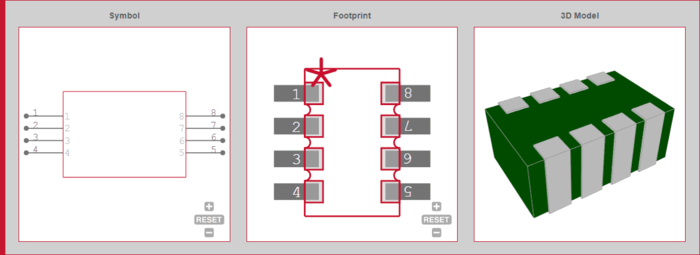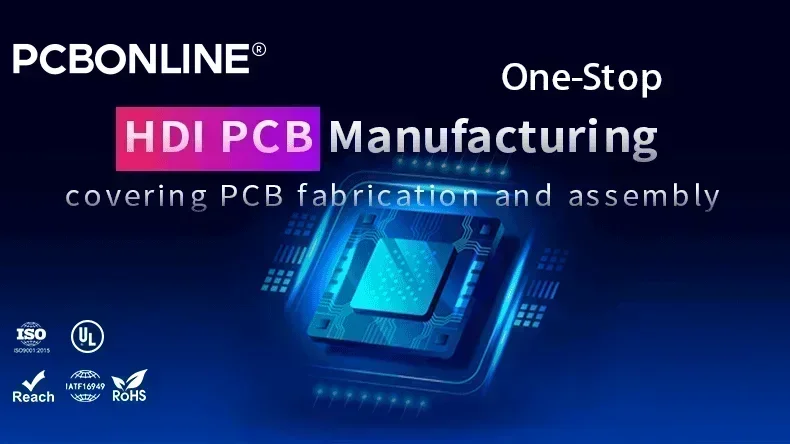In the various electronic devices we use every day, countless tiny parts work together to achieve complex functions. Among them, passive components play an extremely important role. They are not as "smart" as processors, nor can they amplify signals like transistors, but they are an indispensable cornerstone of circuits. This article will explore the definition, types, working principles and wide applications of passive components in depth to help you understand how these seemingly simple but crucial electronic components affect and shape our digital world.
In this article:
Part 1. What are passive components? Part 2. Types of Passive Components Part 3. How Passive Components Work Part 4. Application of Passive Components in Circuits Part 5. Difference between Passive and Active ComponentsWhat are passive components?
In the field of electronics, it is essential to understand the functions of various components. Among them, passive components play an indispensable role in circuits. Unlike active components (such as transistors and integrated circuits), passive components do not generate power gain and cannot control the flow of current. They mainly affect circuit behavior by storing, dissipating or transferring electrical energy. Understanding the principles and applications of passive components is the basis for mastering circuit design and analysis.
Types of Passive Components
Passive components mainly include three categories: resistors, capacitors, and inductors. Each component has unique characteristics and functions. Resistors dissipate electrical energy by hindering the flow of current and are often used for current limiting, voltage division, and biasing. Capacitors can store charge and play a role in filtering, coupling, and timing in circuits. Inductors work by storing magnetic field energy and are often used in choke, filtering, and resonant circuits. These three types of components work together in the circuit to achieve complex functions.

How Passive Components Work
The core principle of resistors is Ohm's law, which determines their resistance based on the resistivity, length and cross-sectional area of the material. When current flows through a resistor, part of the electrical energy is converted into heat and dissipated. Capacitors are composed of two conductive plates separated by an insulating medium. When voltage is applied, charge accumulates on the plates. Its ability to store charge is determined by the capacitance value, which is related to the area and spacing of the plates and the dielectric constant of the medium. Inductors are usually made of wound wires, and when current passes through them, they generate a magnetic field, thereby storing energy. Its inductance value depends on the number of turns, size and core material of the coil.

Application of Passive Components in Circuits
Passive components are used everywhere, from simple consumer electronics to complex industrial systems. For example, in audio circuits, resistors are often used to adjust the volume, and capacitors are used to couple signals or as the core of filters. In power management, inductors are used for energy storage and filtering in switching power supplies, while capacitors are used to smooth the output voltage. In the field of RF communications, passive components are widely used in tuning circuits, impedance matching networks, and antenna design. It can be said that without passive components, modern electronic devices will not work properly.

Difference between Passive and Active Components
Distinguishing between passive and active components is crucial for circuit design. Active components require an external power source to function properly and are able to amplify, switch, or convert signals. They have gain characteristics that can control the flow of energy, such as transistors in amplifiers that can make weak signals become powerful. In contrast, passive components do not have the ability to amplify or generate energy, they simply react passively to electrical signals. Understanding the fundamental difference between these two types of components helps engineers choose the right components to build efficient and stable circuits.
Although passive components are not usually considered the most "active" part of a circuit, they play a vital role in electronic devices. They are regulators of current, energy storage, and signal shapers, silently supporting the operation of everything from smartphones to large industrial equipment. Understanding the principles and applications of passive components is not only the basis of learning electronics, but also a key step in our understanding of how modern technology works.
One-Stop HDI PCB Manufacturer and Its PCB Via Filing Capabilities
If you're looking for turnkey HDI electronics manufacturing services (EMS) from hardware development to PCBA fabrication and box-build assembly, you can work with the one-stop HDI PCBA manufacturer PCBONLINE.
Founded in 1999, PCBONLINE has R&D capabilities for HDI projects and EMS manufacturing capabilities, including via filling for stacked vias. It provides 4-to-64-layer HDI PCB fabrication, assembly, and PCBA box-build assembly. You can order various HDI PCBs from PCBONLINE, such as FR4, polyimide (flexible PCB), polyimide + FR4 (rigid-flex PCB), and PTFE/Rogers (high-frequency PCB).

3000m² of production capacity per day for HDI PCBs with builds of 1+N+1, 2+N+2, 3+N+3,4+N+4, and arbitrary interconnection in any layers.
PCBONLINE has hardware and software R&D capabilities for IoT applications requiring HDI design, including PCBA and enclosures.
We can manufacture complex PCBs with stacker vias, via-in-pad, microvias, inlay boards, heavy copper designs, and hybrid and fine structure lay-ups.
Besides HDI PCB fabrication, we have powerful capabilities in fine-pitch assembly for HDI PCB assembly.
We have rich R&D and manufacturing experience for HDI applications such as FPGA boards.
High-quality HDI PCB and PCBA manufacturing certified with ISO 9001:2015, IATF 16949, RoHS, REACH, UL, and IPC-A-610 Class 2/3.
Here'e the PCB via filing capabilities at PCBONLINEL:
- Micriavia filling with copper: laser via size 0.1-0.125mm, priority 0.1mm
- Finished hole size for via-in-pad filling with resin: 0.1-0.9mm (drill size 0.15-1.0mm), 0.3-0.55mm normal (drill size 0.4-0.65mm)
- Max aspect ratio for via-in-pad filling with resin PCB - 12: 1
- Min resin plugged PCB thickness: 0.2mm
- Max via-filling ith resin PCB thickness: 3.2mm
- Making different hole sizes with via filling in one board: Yes
- Via filling with copper/silver: Yes
If you need HDI PCBAs or any other PCBAs requiring via filling, please send your email to PCBONLINE at info@pcbonline.com. We will provide one-on-one engineering support to you.
Conclusion
Via filling is used for creating stacked vias in HDI PCB fabrication, BGA/CSP/QFN IC packaging, and filling PCB via-in-pad with resin during multilayer PCB fabrication. If you need one-stop electronics manufacturing for your HDI PCBA project, contact the one-stop advanced PCB manufacturer PCBONLINE for high-quality PCBA and box-build solutions tailored to your project's needs.
PCB fabrication at PCBONLINE.pdf




